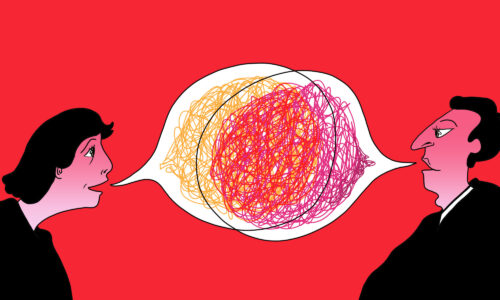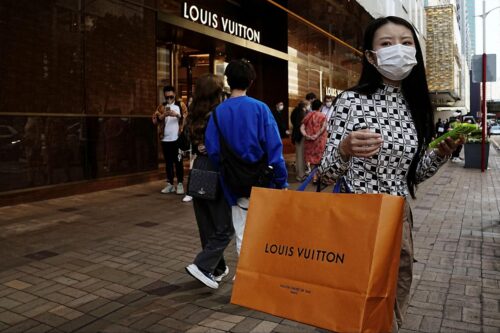Beijing’s stimulus plans to get out of the COVID lockdown slump
Beijing has released details on a series of policies aimed at kickstarting growth in the second half of the year, and various industries battered by COVID are breathing a big sigh of relief.

Shanghai ended its citywide lockdown today, allowing most residents to move around freely and many businesses to reopen. The city announced 50 stimulus measures intended to resuscitate its economy, including tax rebates, rent reductions, subsidies for utilities and for companies to hire and retain staff, and measures to support foreign investment and trade.
It’s not only Shanghai’s economy that has been in suspended animation: The first quarter of 2022 was, by many measures, one of China’s worst since 1990. Last week, the government organized an emergency meeting to confront the crisis. Yesterday, the State Council, China’s chief administrative government body, released more details on a set of 33 stimulus measures to stabilize investment, promote consumption, ensure food and energy security, and secure industrial supply chains. The National Development and Reform Commission (NDRC), the powerful government policy-making body, also held a press conference yesterday to discuss the new policies in more detail.
The 33 measures are similar to Shanghai’s 50 measures, and fall into five broad categories:
Fiscal policy
The government will increase tax credits and refunds, and issue more bonds. Total tax refunds introduced this year will amount to about 1.64 trillion yuan ($245.95 billion), and by June, a total of 3.45 trillion yuan ($517.39 billion) in special bonds will have been issued.
The central government has also allocated a budget of 154.68 billion yuan ($23.19 billion) to ensure the “three guarantees,” namely, “basic livelihood, wages, and operating expenses.” These guarantees specifically include the timely payment of wages and pensions for key groups such as teachers, the supply of vaccines, and epidemic treatment and prevention materials.
- Seven industries have been added to the list eligible for tax rebates: wholesale and retail; agriculture, forestry, animal husbandry, and fishery; accommodation and catering; services; education; health and social work; and culture, sport, and entertainment.
- Also included were the long-suffering domestic airlines, which will receive 150 billion yuan ($22.49 billion) more in emergency loans and support to issue 200 billion yuan ($29.99 billion) in bonds.
- Banks have been encouraged to issue loans specifically to companies in industries laid low by COVID, namely tourism, catering, and accommodation. On May 31, the Ministry of Culture and Tourism issued a notice permitting travel agents to start providing cross-province tourism services.
Support for SMEs and employment
The government will subsidize the costs of water and electricity, reduce or exempt taxes and rents, and provide loans with preferential interest rates to small and medium-sized enterprises (SMEs).
For government procurement, the price deduction ratio for SMEs will be increased from 6-10% to 10-20%, and SMEs will be given preferential evaluations. If an engineering project of less than 4 million yuan (about $600,000) can be undertaken by an SME, for example, government contracts will make exclusive use of SMEs.
The measures also emphasize the critical role for the “platform economy.” namely, tech and internet companies, to increase employment and innovation.
Increased infrastructure spending
The government will juice up its traditional stimulus methods, including funding water conservancy projects, and transportation infrastructure.
Support for supply chains
The government will incentivize logistics companies and support freight hubs, reduce costs, and improve logistics policy. A total of 5 billion yuan ($749.85 million) has been allocated for this.
Promotion of consumption
This will be done by tax rebates and other incentives, some of which have earlier already been announced:
- On May 23, the State Council announced that the purchase tax of passenger cars will be reduced in stages by 60 billion yuan ($8.99 billion). On May 31, the Ministry of Finance and the State Administration of Taxation announced that from June 1 until the end of the year, the purchase tax will be halved (from 10% to 5%) for passenger cars with engine sizes of up to two liters and with a total price not exceeding 300,000 yuan (about $45,000).
- The 33 measures did not mention New Energy Vehicles (NEVs), but these are still covered by an exemption from the purchase tax policy that is set to expire at the end of 2022. In addition, in order to boost consumption of NEVs, on May 29, the Ministry of Industry and Information Technology along with two other ministries announced that a new round of NEV roadshows in the countryside will be launched soon to boost consumer confidence.
The context
The 33 new stimulus measures are squarely in line with a mandate that has dominated Beijing’s economic policies in the time of COVID-19: “Progress must be pursued while ensuring stability.” This was expressed clearly at the Central Economic Work Conference that took place in December 2021, as well as at the annual legislative Two Sessions in March this year, where “stable progress” was identified as the government’s top priority for 2022.
The takeaway
In the first half of the year, China’s economy suffered from the impact of COVID lockdowns. Now Beijing is determined to turn China’s economy around in the second half of the year.
The health of the global economy will depend partly on China’s success or failure.






